Original author: hildobby, member of Dragonfly
Original compilation: ChatGPT
Editor’s note: Coinbase, as the largest custodian of pledged ETH, manages approximately 21% of pledged ETH, but has not disclosed pledged ETH information for five consecutive quarters. Data shows that its pledge ratio has dropped from 15%, which may be related to address rotation. Although Coinbase emphasizes transparency, it does not disclose the amount of ETH pledged and the cbETH support. More than 75% of cbETH circulation supply is unused, reminding investors to pay attention to underlying pledged ETH rather than LST circulation. Coinbase chose to expand cbETH through unused supplies rather than transparent operations.
The following is the original content (the original content has been compiled for ease of reading and understanding):
This is the fifth quarter, and Coinbase, the largest pledged ETH custodian, refused to share any information about their pledged ETH.
Estimates in the figure below show that they manage approximately 21% of all pledged ETH.
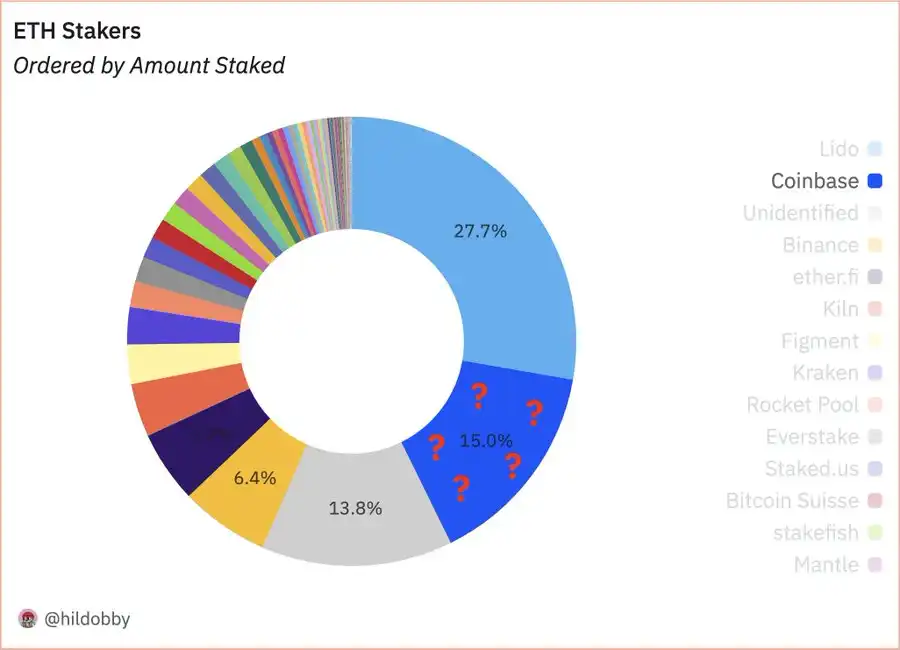
X user @adcv_estimates that the constant proportion of pledged ETH in the past few quarters has been approximately 15%, and has recently increased by 6%, and makes an analysis that this may be related to Coinbase Custody.
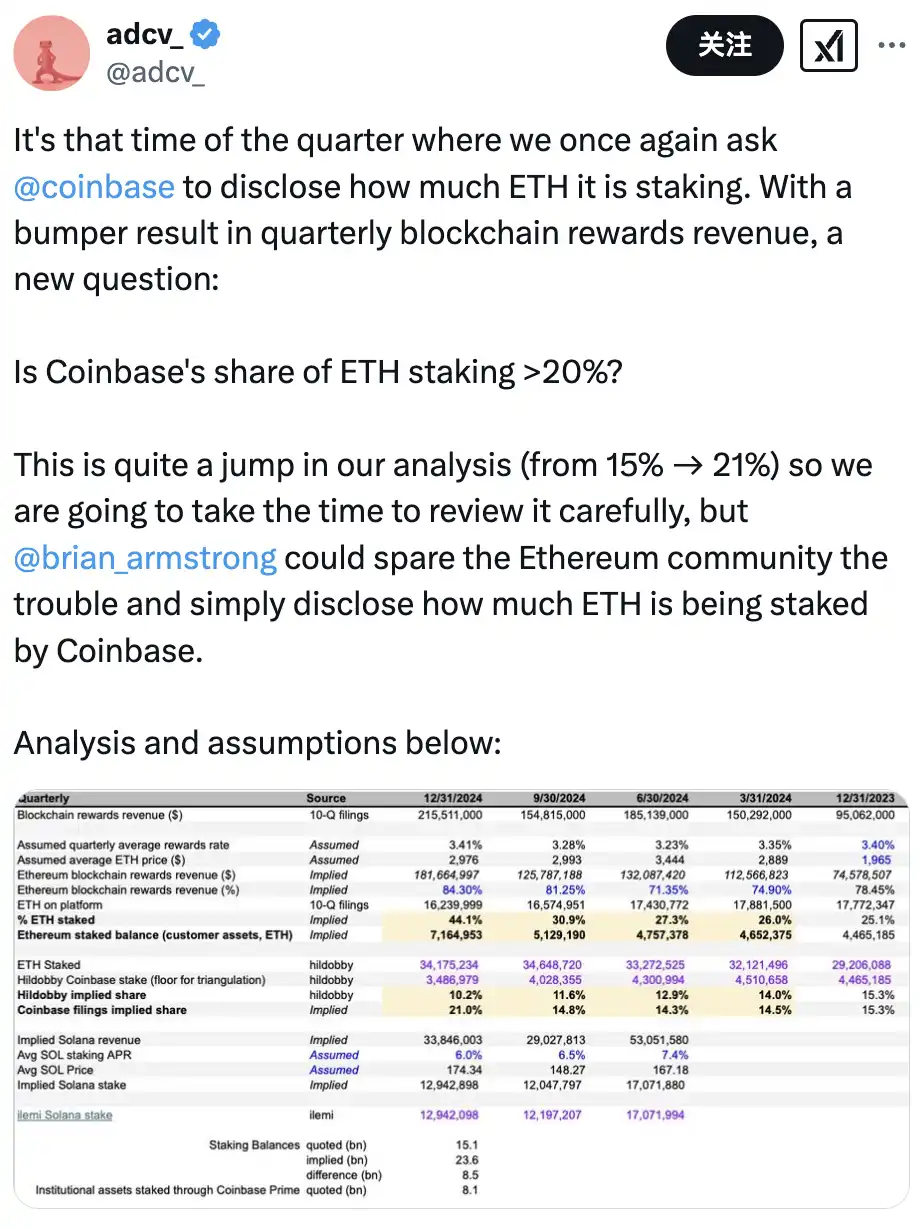
My pledge dashboard shows that Coinbase accounts for 8.4%, because only the marked addresses are marked and the rest are “unrecognized.”
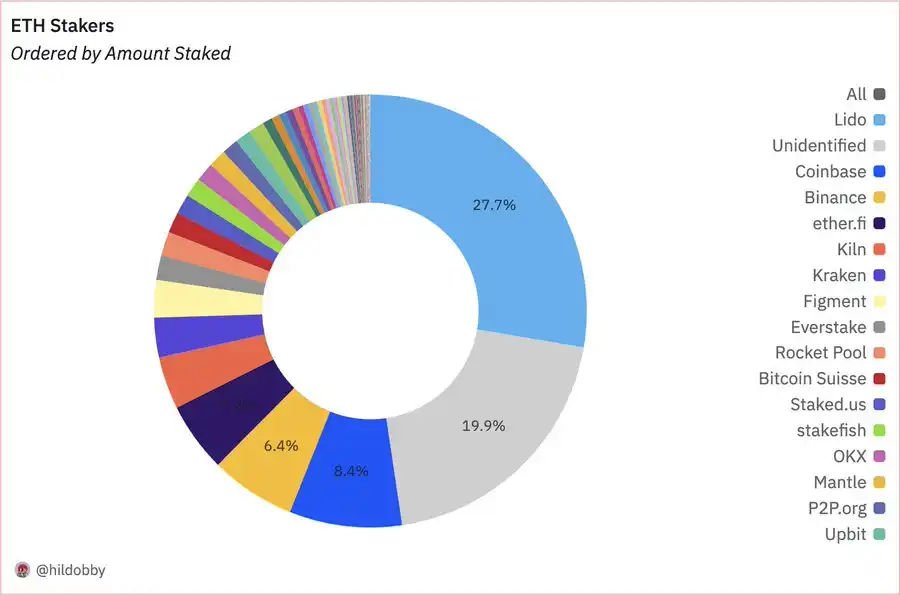
Due to regular investigations over the past few months, I currently have 227k addresses marked as Coinbase pledged deposits.
But Coinbase regularly rotates addresses and changes its custody structure, making it more difficult to track their pledge operations
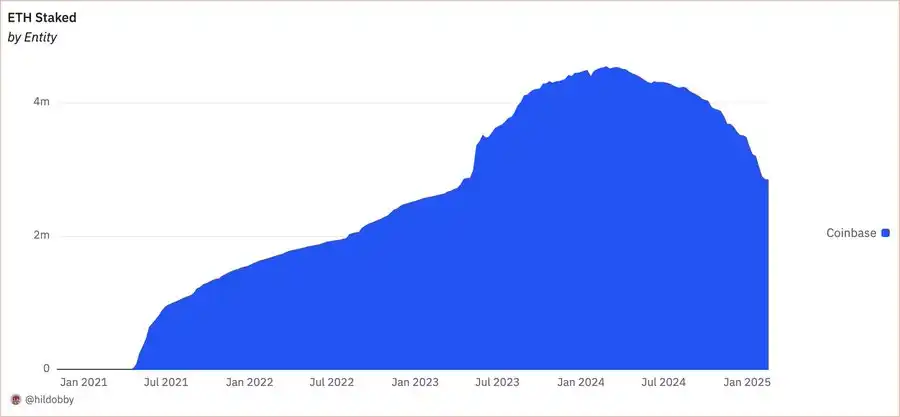
Here, you can see that my numbers are steadily declining from 15% in 2024, which I attribute to some address rotations.
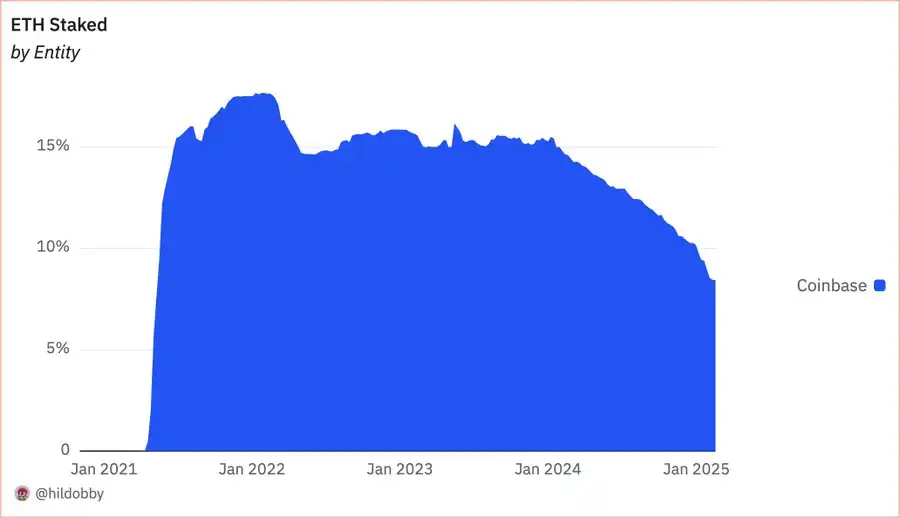
I will continue to mark new addresses, and once enough evidence is found and collected, here is an example of investigative work in 2023.

Coinbase is so closely aligned with ETH that they control 21% of its security layer but refuse to disclose it.
Coinbase has always emphasized transparency, but has never shared any information about the amount of ETH they pledged, cbETH support, or cbBTC support.
Brian Armstrong also wrote: “Imagine if every government expenditure was done transparently on the chain. Auditing will become much easier.”

It was revealed that more than 75% of the cbETH circulation supply was actually not used. This finding reminds us that we should focus on the underlying pledge of ETH rather than just the circulating supply of LST (liquid pledge tokens). If we could track the pledged ETH that supported cbETH, cbETH might be more successful, but instead of choosing to be transparent, they inflated the number of cbETH with unused supply.
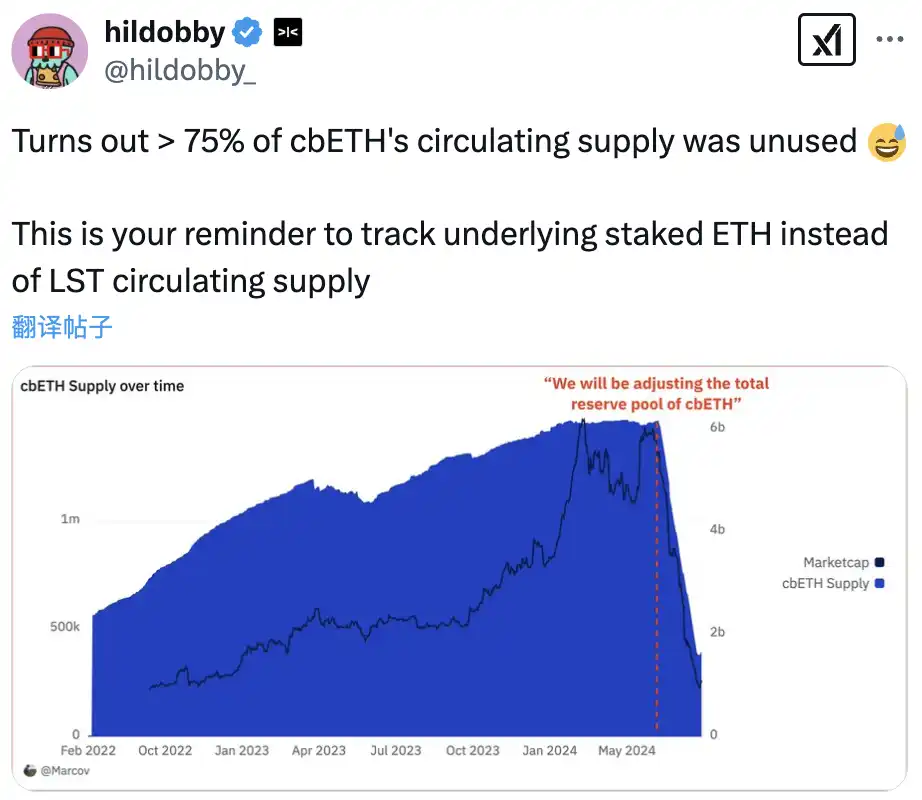
“Original link”



